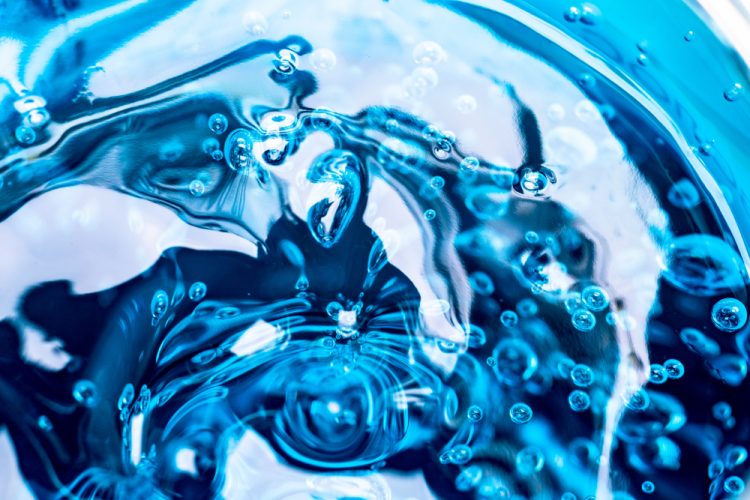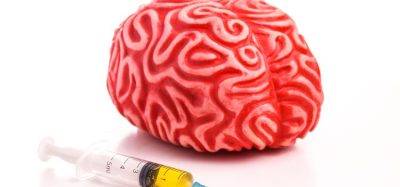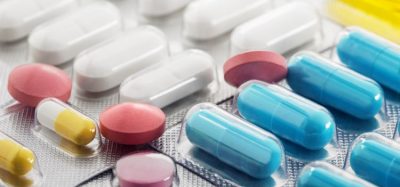A Raman spectroscopy technique to reliably analyse hydrogels
Posted: 30 August 2021 | Hannah Balfour (European Pharmaceutical Review) | No comments yet
Scientists show how a combined time-resolved Raman and fluorescence spectroscopy can be applied to provide reliable drug diffusion data for drug-hydrogel combinations.


In a new study, researchers outline how Raman spectroscopy can be made to overcome strong fluorescence backgrounds in hydrogels, enabling them to study and modify drug release.
Raman spectroscopy is a promising analytical technique for hydrogels, since it is insensitive to water molecules, unlike other technologies such as infrared spectroscopy, and allows for real-time, label-free investigation of drugs and their release in high-water-content media. However, despite its potential, Raman spectroscopy has been limited in application because fluorescence in the background of many pharmaceutical samples causes interference.
Hydrogels are of value in pharmaceutical and biopharmaceutical applications because of their potential for use in implants and controlled release drug delivery systems. So, to overcome the current limitations of Raman for hydrogel analysis, in a new study, researchers showed the potential of a Raman spectrometer capable of suppressing the unpleasant fluorescence background in the label-free investigation of Metronidazole and Vitamin C diffusivities in nano-fibrillated cellulose (NFC) hydrogels, both natural and anionic (ANFC).
The scientists observed that combining a pulsed laser and time-resolved complementary metal-oxide-semiconductor (CMOS) single-photon avalanche diode (SPAD) line sensor gave rise to a combined time-resolved Raman and fluorescence spectroscopy, in which they were able to capture both the chemical nature and the fluorescence decay of samples, providing information on the chemical, functional and structural changes in samples.
According to the authors, the ability to simultaneously detect the fluorescence intensity and decay times makes it possible to directly monitor the release of fluorescent drugs and biomolecules. Additionally, because Raman is sensitive to molecular level changes, the developed system can also be utilised to follow the drug stability during drug release studies and the long-term stability of the drugs in hydrogels on-line and label-free.
The scientists wrote that extending the method further could enable the study of the diffusion of biomedical proteins in hydrogels and allow researchers to detect their short- and long-term stabilities and denaturation rates, “which cannot be otherwise easily evaluated on-line”. “This,” the authors wrote, “would also be of great value for the automatisation of the manufacturing process of controlled release systems and implants, for example.”
According to the authors, perhaps the most important aspect of their work is that, now developed, the label-free real-time combined time-resolved Raman and fluorescence spectroscopy method is universal and can be adapted to any hydrogel/drug combination for producing reliable drug diffusion data.
The study was published in the Journal of Controlled Release.









